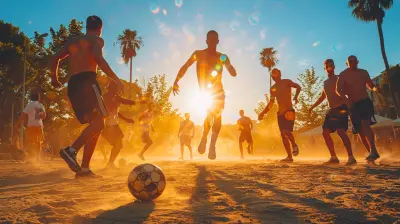How Weather Conditions Impact Team Performance
30 October 2025
Weather plays a massive role in sports, but have you ever stopped to think about how much it affects team performance? Whether it’s rain, snow, wind, or even extreme heat, weather conditions can have a major influence on how teams perform during a match. It’s not just about the skill level of the players or the strategies of the coaches—sometimes, Mother Nature is the real game-changer.
In this article, we’ll dive into how different weather conditions impact team performance in various sports, from football to soccer to baseball. We’ll look at the physical and psychological effects weather can have on athletes, how teams adapt their strategies, and why some teams may perform better than others in certain climates. So, buckle up, because we’re about to take a deep dive into the wild world of sports and weather.
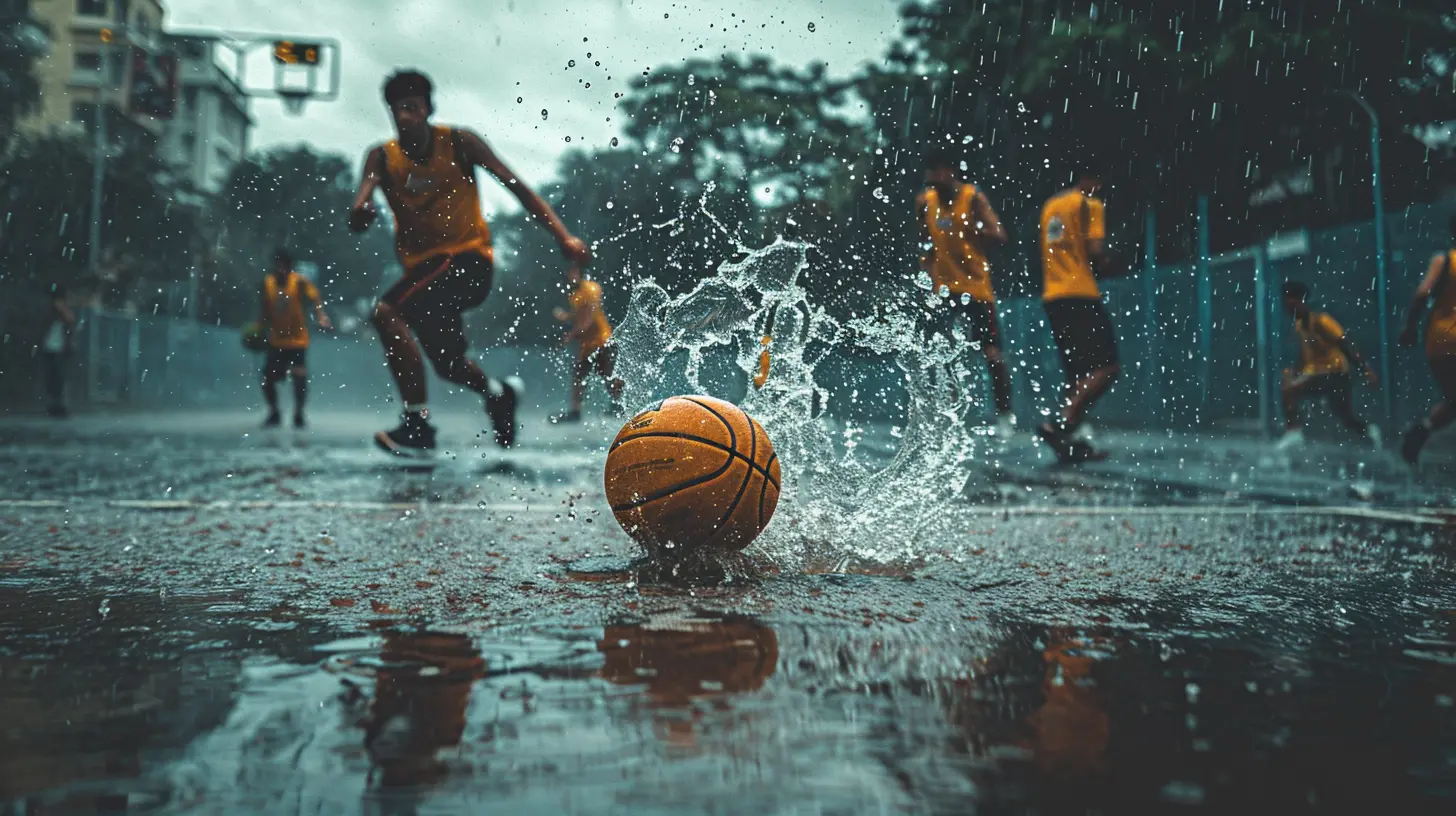
The Physical Impact of Weather on Athletes
Let’s start with the basics. Weather conditions can have a direct physical impact on athletes. Whether it's extreme heat, bitter cold, or gusting wind, these factors can significantly alter how players move, react, and even breathe on the field.Heat and Hydration
Have you ever tried running in blazing hot weather? It’s exhausting, right? Now imagine playing a full 90-minute soccer match under the scorching sun. Heat can take a serious toll on athletes, leading to dehydration, muscle cramps, and even heatstroke in severe cases.When temperatures soar, players lose more fluids through sweat, which can lead to dehydration if they’re not careful. Dehydration doesn’t just make you thirsty—it affects your stamina, reaction time, and decision-making skills. A dehydrated athlete is more prone to errors, and let’s face it, in team sports, a small mistake can change the whole game.
Cold and Muscle Stiffness
On the flip side, cold weather presents its own set of challenges. Players may feel sluggish or stiff when temperatures drop, and their muscles may take longer to warm up. This can lead to reduced flexibility and an increased risk of injuries, especially in sports like football or rugby where physical contact is high.In cold weather, a team’s endurance can also be affected. The body needs to work harder to stay warm, which can drain energy more quickly. Ever noticed how some teams seem to lose momentum during the second half of a game played in freezing conditions? It's not just strategy; it's also the weather zapping their energy reserves.
Wind and Ball Control
Wind is a tricky beast. It doesn’t have the immediate, visible impact of rain or snow, but it can completely throw off a team’s game. In sports where ball control is crucial—like soccer, football, or even baseball—wind can alter the trajectory of the ball, making passes less accurate and shots harder to predict.For example, in soccer, a gust of wind can turn what looked like a perfectly placed long ball into something that sails out of bounds. Similarly, in baseball, pitchers and batters must account for how the wind will affect the ball's flight. A strong wind blowing in from the outfield can turn a home run into a routine fly ball.
Rain and Slippery Surfaces
Rain is like the ultimate equalizer in sports. It doesn’t matter how skilled you are; if the field turns into a muddy swamp, everyone’s performance is going to take a hit. Wet conditions make it harder to maintain balance, increase the likelihood of slipping, and generally slow down the pace of the game.In football, rain can make it harder to grip the ball, leading to more fumbles and turnovers. In soccer, wet grass turns into a slip-and-slide, making it difficult for players to keep their footing and reduce the accuracy of passes and shots. The entire dynamic of the game changes—teams that rely on speed and finesse might struggle, while those that play a more physical, grounded style could see an advantage.
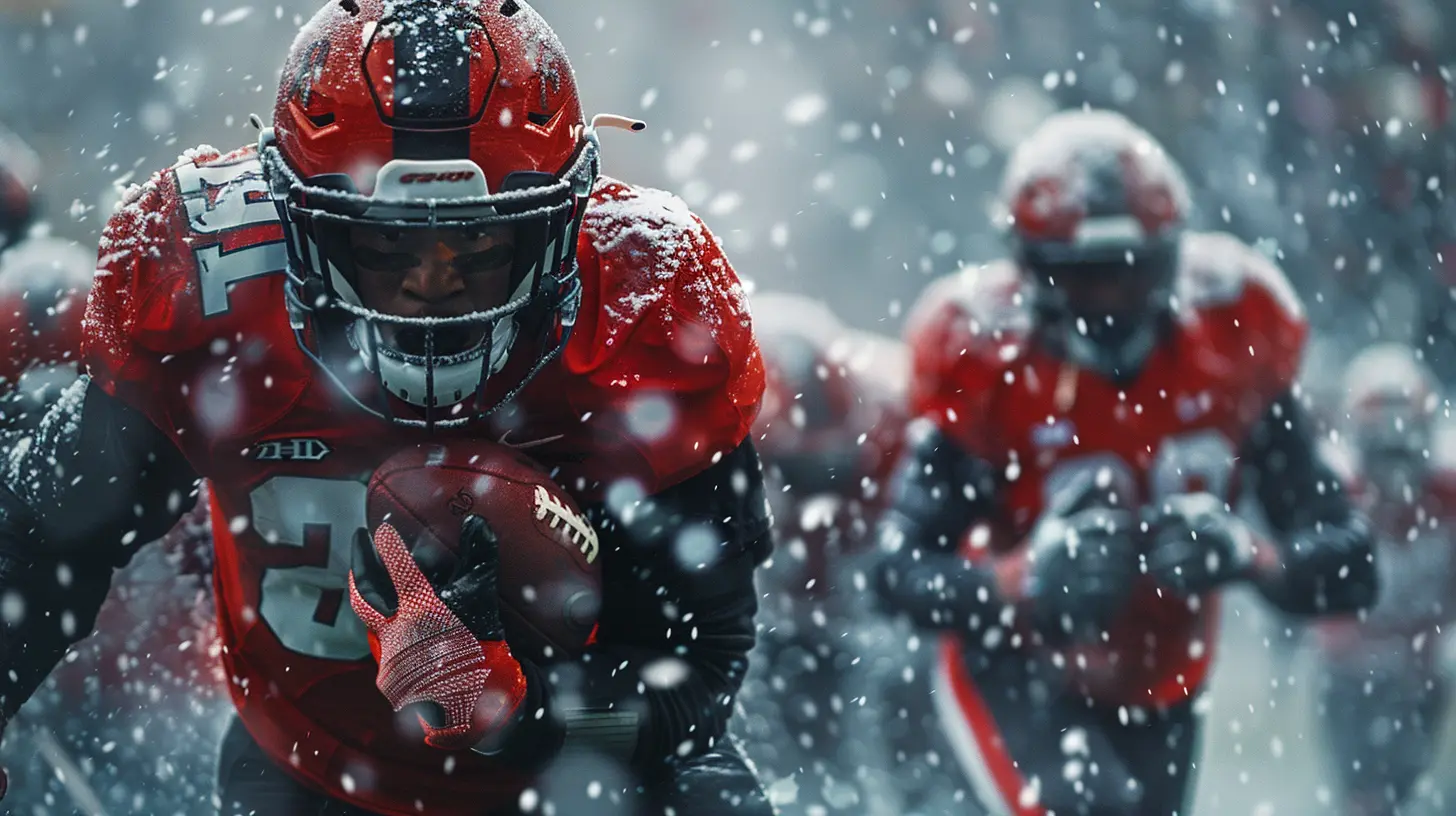
Psychological Effects of Weather on Teams
Weather doesn’t just affect athletes physically; it can also have a profound psychological impact. Think about it—how do you feel when it’s cold and rainy outside? Probably not your best, right? The same goes for athletes. If the weather is awful, it can mess with their mental game.Motivation and Morale
Let’s be honest: no one enjoys playing in terrible weather. If it’s cold, rainy, or unbearably hot, it can be hard for athletes to stay motivated. They may feel less energized or even dread stepping onto the field. This can affect a team's morale, especially if they’re up against a team that’s used to playing in those conditions.For example, a team from a colder climate may perform better in freezing temperatures simply because they're used to it, while a team from a warmer region might find themselves struggling to keep up in the cold. The mental edge goes to the team that’s more comfortable in the conditions, giving them a psychological advantage.
Focus and Concentration
Bad weather can also be a distraction. Imagine trying to focus on catching a football while rain is pouring down, or trying to run a perfect route when every step is a slip hazard. In high-stakes situations, even a slight loss of concentration can lead to mistakes.In team sports, where every player’s performance is interconnected, one mental slip can have a ripple effect. If one player loses focus and misses a key pass or tackle, it can throw off the entire team’s rhythm. This is why bad weather often leads to more mistakes and less fluid play.
Adaptability and Mental Toughness
Here’s where champions are made: adaptability. Teams that can adjust their mindset and stay mentally tough in adverse conditions often come out on top. When the weather is bad, it’s usually the team that embraces the challenge, rather than complains about it, that performs better.Mental toughness is crucial in team sports, especially when the weather isn’t cooperating. The ability to focus on the game rather than the discomfort of the conditions can be the difference between winning and losing. Teams that thrive in bad weather often have a reputation for being gritty, resilient, and tough—qualities that go beyond physical talent.
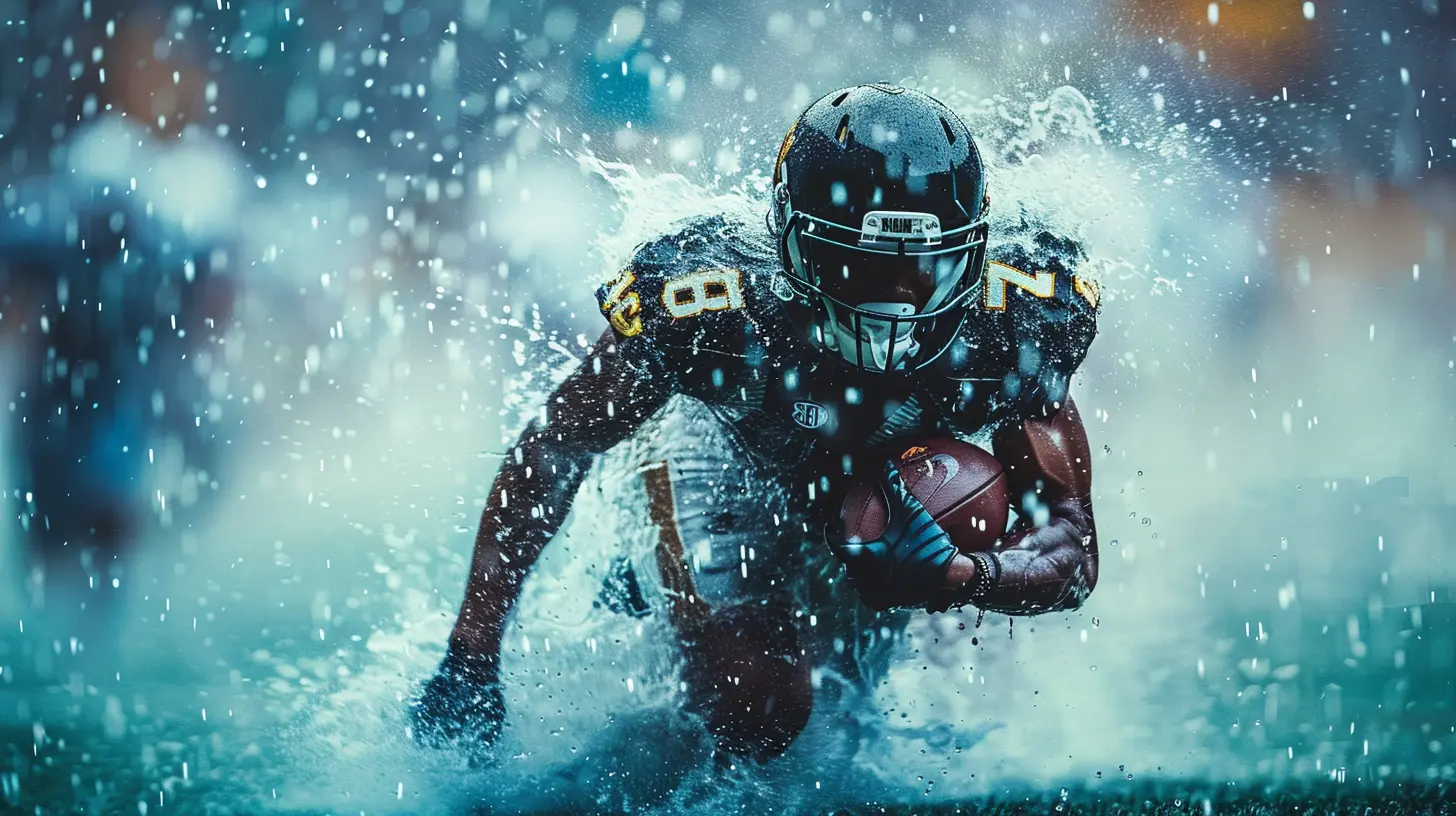
How Teams Adapt Their Strategies
Now that we’ve covered the physical and psychological impacts of weather on athletes, let’s talk about strategy. In team sports, the game plan often changes depending on the weather. Coaches and players make adjustments to account for the conditions, whether that means altering their formations, changing tactics, or focusing on specific skills.Ball Possession in Windy Conditions
In windy conditions, teams often prioritize ball possession. Why? Because long passes and lofted balls become a gamble. The wind can take the ball anywhere, so teams that like to play a fast, long-ball game may struggle. Instead, teams might switch to a more controlled, short-passing style to keep the ball on the ground and out of the wind’s reach.Slowing the Pace in the Rain
Rainy conditions often slow the pace of the game. Slippery surfaces and a waterlogged ball make it harder to play a fast, high-tempo game. Teams that normally press high and play quick, incisive passes might find it harder to execute their game plan in the rain. Instead, they might choose to play more cautiously, focusing on defensive solidity and set pieces.Rotating Players in Extreme Heat
In extreme heat, substitutions become even more critical. Coaches often rotate players more frequently to keep them fresh and prevent heat-related injuries. Teams may also adjust their tactics to conserve energy, focusing on ball retention rather than pressing relentlessly.Also, hydration breaks become a necessity, not just a luxury. You’ll often see referees stop play for water breaks during particularly hot games, allowing players to rehydrate and cool down. This isn’t just for comfort—it’s essential for maintaining performance levels in sweltering heat.
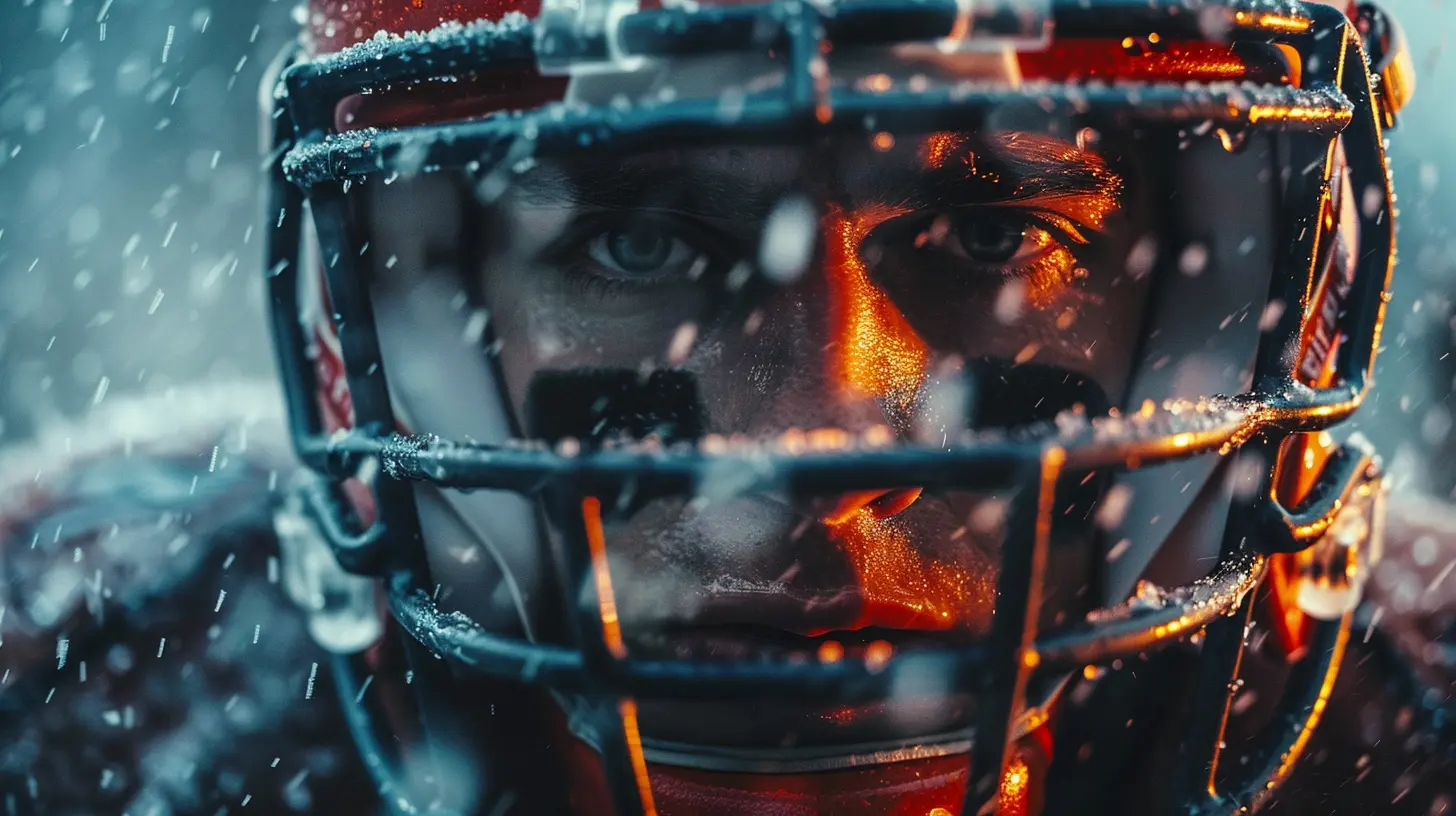
Why Some Teams Perform Better in Certain Weather Conditions
Ever wonder why some teams seem to thrive in bad weather while others crumble? A lot of it comes down to experience and preparation. Teams that are used to playing in certain weather conditions have a big advantage over teams that aren’t.Home-Field Advantage
Home-field advantage is real, and weather plays a huge part in it. Teams that are used to playing in extreme weather conditions, whether it’s the blistering heat of Arizona or the freezing cold of Green Bay, will naturally perform better in those conditions than teams that aren’t used to them. They know what to expect, they’ve trained in those conditions, and they’ve adapted their strategies accordingly.Training and Preparation
Teams that play in regions with unpredictable weather often train in those conditions to prepare for game day. For example, a football team in a cold climate might practice outdoors even in freezing temperatures to acclimate to the cold. Similarly, teams in hot climates might use heat chambers during training to simulate game-day conditions.This level of preparation gives teams a huge advantage when the weather turns bad. They know how to handle it because they’ve been there before.
Conclusion
It’s clear that weather conditions can have a profound impact on team performance in sports. From the physical toll it takes on athletes to the mental challenges it presents, weather is often an unpredictable but crucial element in any game. Teams that can adapt to the conditions, stay mentally tough, and adjust their strategies are often the ones that come out on top. So next time you watch a game, take a moment to consider how the weather might be influencing the outcome—it’s not just the players and coaches who have a say in the final score.all images in this post were generated using AI tools
Category:
Team SportsAuthor:

Ruben McCloud
Discussion
rate this article
1 comments
Gemma McAdams
Absolutely loved this article! It's fascinating how weather can sway a game. The thrill of seeing teams adapt brings even more excitement to sports. Go, team, go!
November 15, 2025 at 12:48 PM

